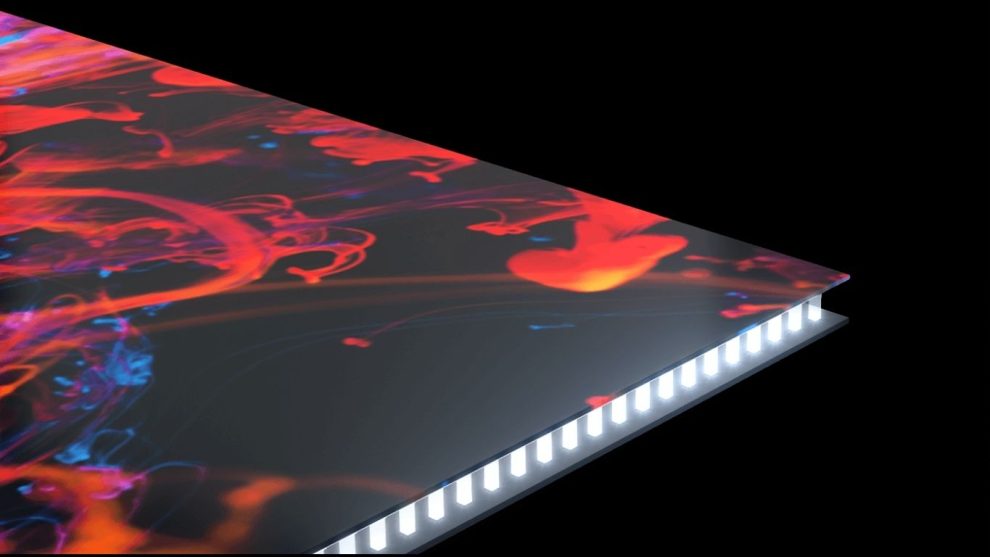TCL, the renowned electronics manufacturer, has stepped into the realm of micro-LED TVs, joining industry giants LG and Samsung with its colossal 163-inch 4K display. However, this cutting-edge technology doesn’t come cheap, catering primarily to the super-rich clientele.
The newly introduced TCL X11H Max, priced at 800,000 yuan (approximately $110,000), offers a more affordable option compared to its counterparts from LG and Samsung. While LG’s 118-inch Magnit micro-LED TV is listed at $237,000, and Samsung’s 89-inch model costs around $100,000, TCL’s entry still remains out of reach for most consumers.
Micro-LED technology, heralded as the future of TV, promises unparalleled brightness, contrast, and picture quality. With close to 25 million individual micro-LEDs and a peak brightness of 10,000 nits, the TCL TV boasts impressive specifications that rival even the best OLED displays currently available.
Unlike mini-LED technology found in many premium TVs, micro-LEDs are self-emissive, eliminating the need for a backlight and delivering superior brightness and contrast akin to OLED displays.
Despite its remarkable features, the TCL micro-LED TV is likely to remain exclusive to the Chinese market for the foreseeable future. The high production costs associated with micro-LED panels contribute to the exorbitant prices, reminiscent of OLED TVs’ initial steep price tags.
However, industry experts predict a downward trend in prices over time as manufacturing processes become more efficient. Similar to the trajectory of OLED TVs, which started with five-figure price points and now offer more affordable options, micro-LEDs are expected to follow suit, albeit over several years.
For now, these flagship micro-LED TVs serve as a glimpse into the future of television technology, appealing mainly to affluent consumers willing to invest in the latest innovations. As manufacturing processes evolve and prices decline, micro-LED TVs may eventually become more accessible to a broader audience.

What is Micro-LED Technology?
Micro-LED is a display technology that utilizes microscopic light-emitting diodes (LEDs) to create images on a screen. These LEDs are significantly smaller than traditional LEDs, allowing for greater pixel density and improved image quality. Each micro-LED functions as an individual pixel, emitting its own light and producing vibrant colors and high contrast.
One of the key advantages of micro-LED technology is its self-emissive nature, similar to OLED (Organic Light-Emitting Diode) displays. This means that each micro-LED can emit light independently, resulting in deep blacks and precise control over brightness levels. Additionally, micro-LED displays can achieve very high levels of brightness, making them suitable for a variety of environments, including well-lit rooms and outdoor settings.
Micro-LED displays offer several benefits over traditional LED and OLED displays. They have a longer lifespan, consume less power, and are less prone to issues such as burn-in, which can affect OLED screens over time. Micro-LED technology also supports seamless scalability, allowing for the creation of displays of various sizes without sacrificing image quality.
While micro-LED displays hold promise for applications ranging from smartphones to large-scale TVs and digital signage, they are currently at a relatively early stage of development. Production costs remain high, limiting their availability and affordability compared to other display technologies. However, ongoing advancements in manufacturing processes are expected to drive down costs and pave the way for wider adoption of micro-LED displays in the future.



